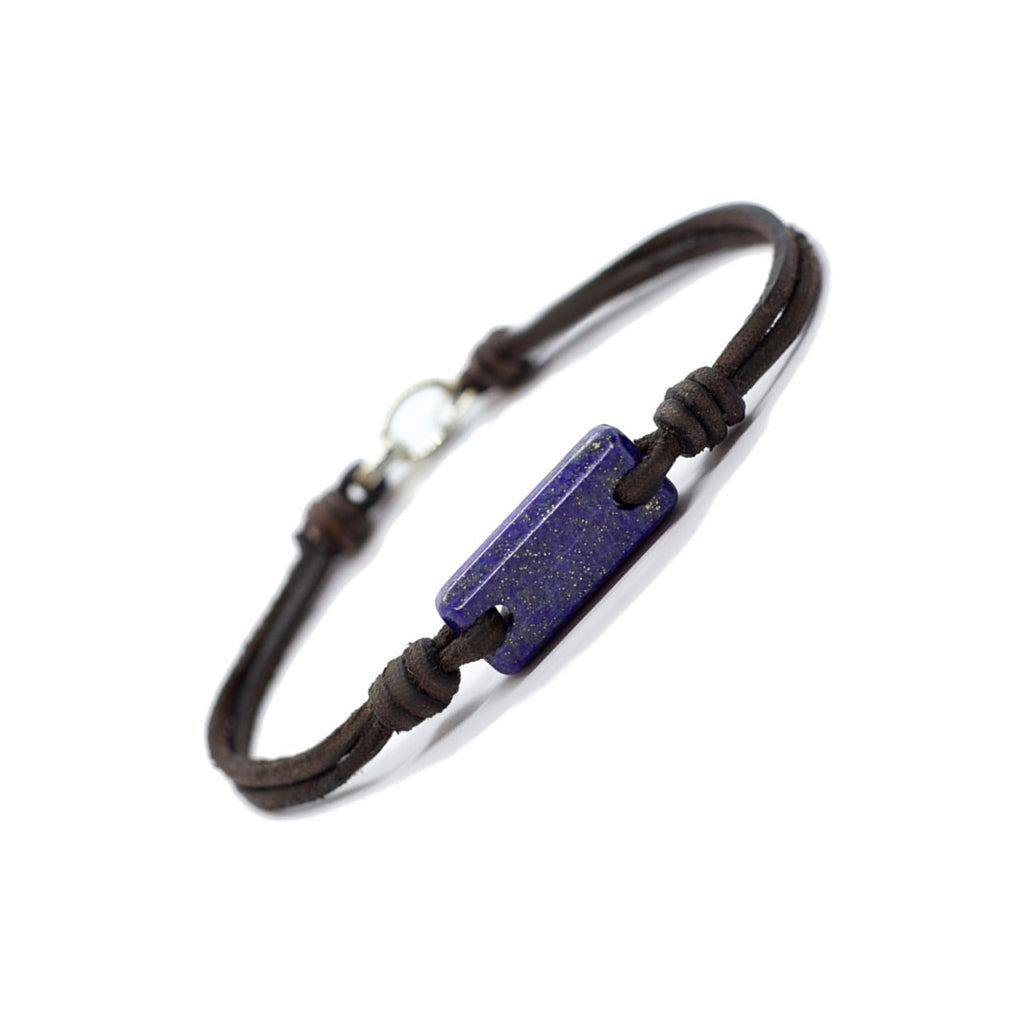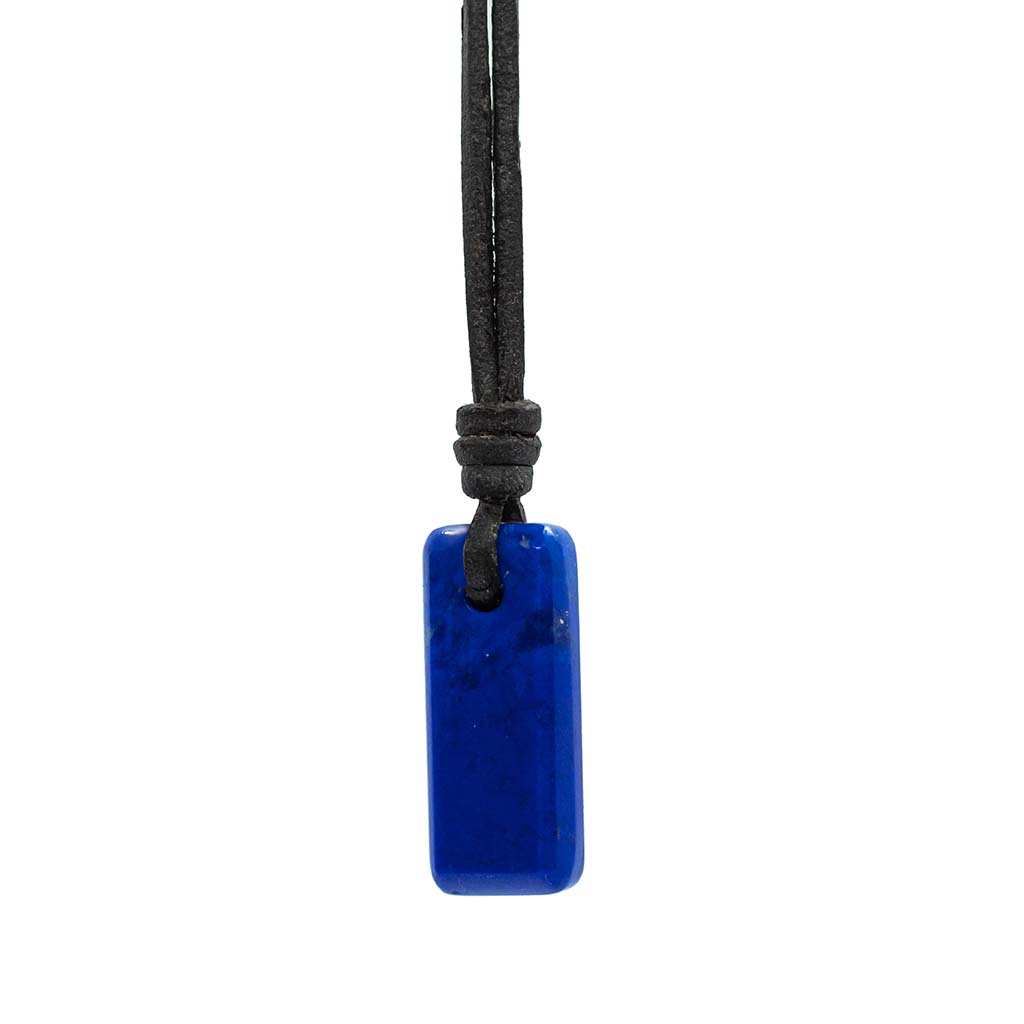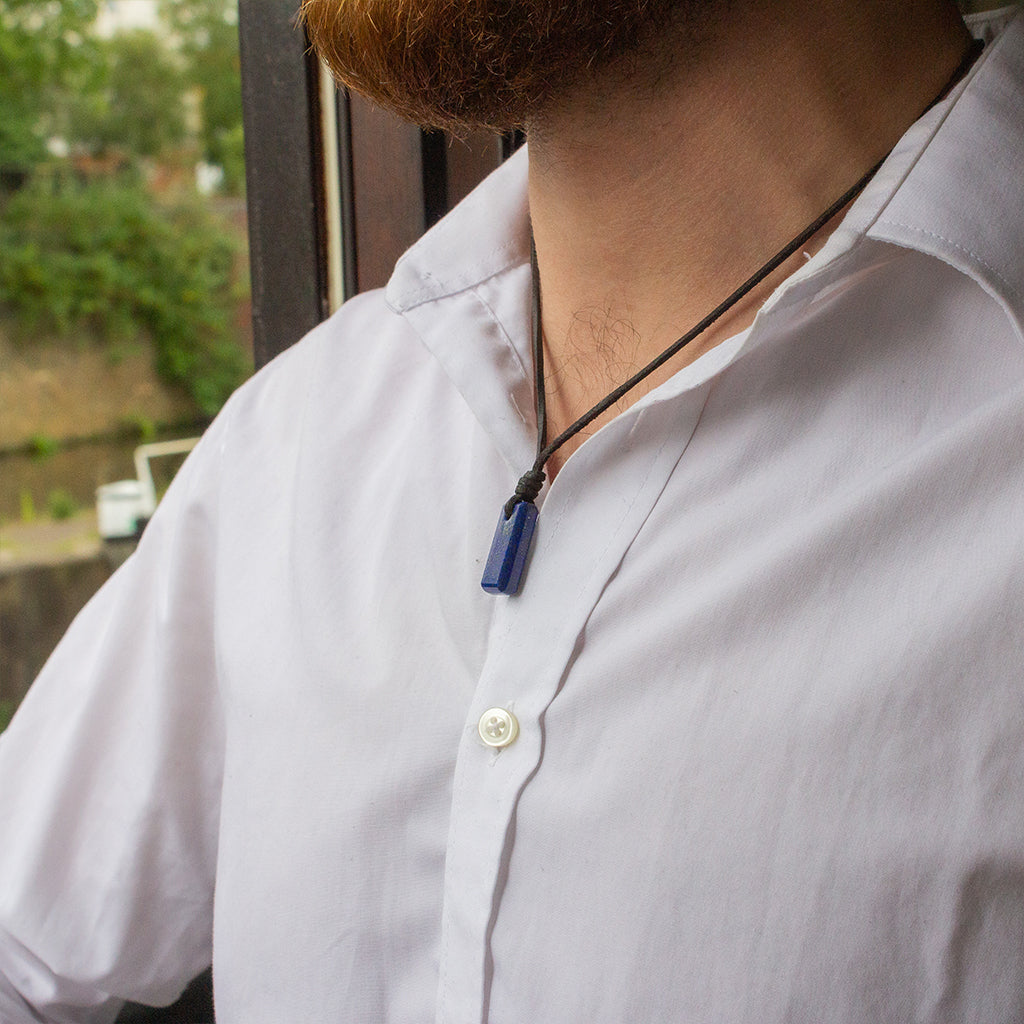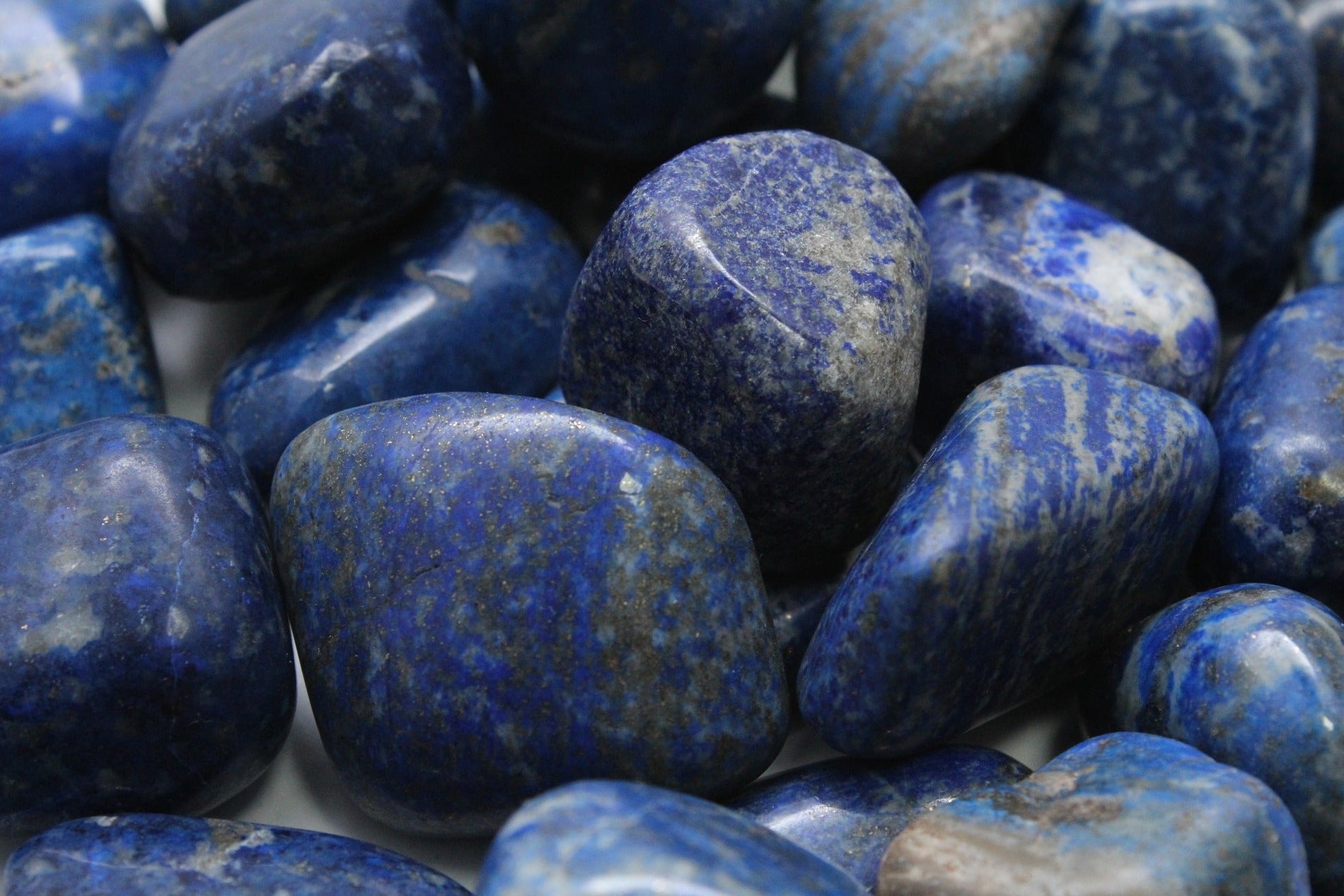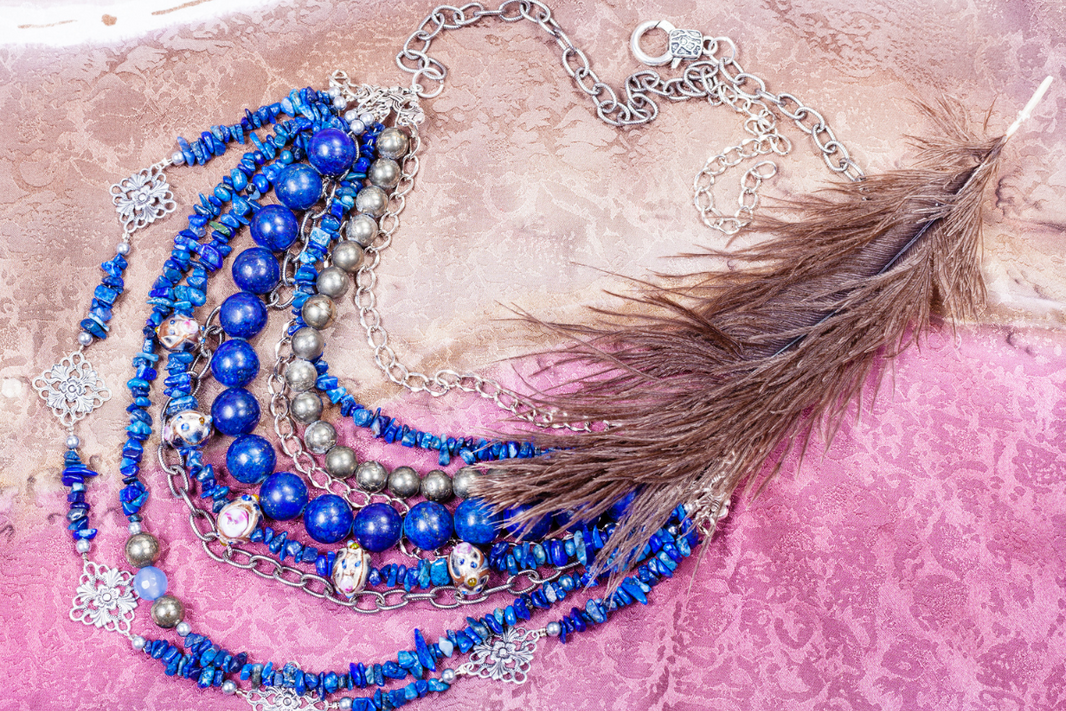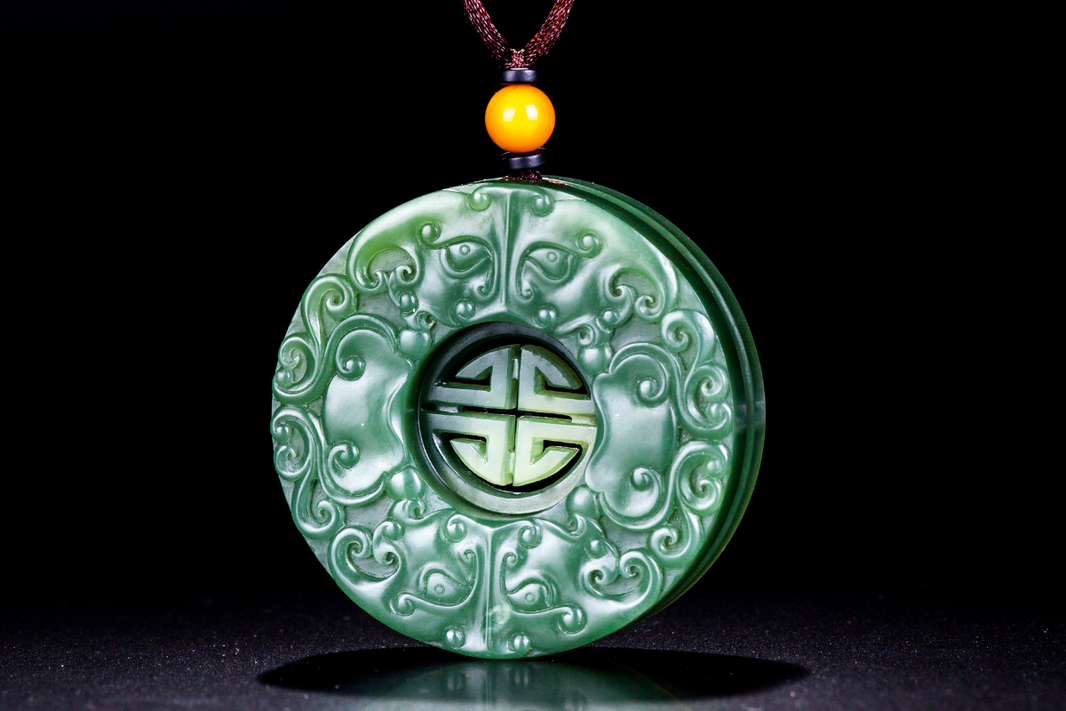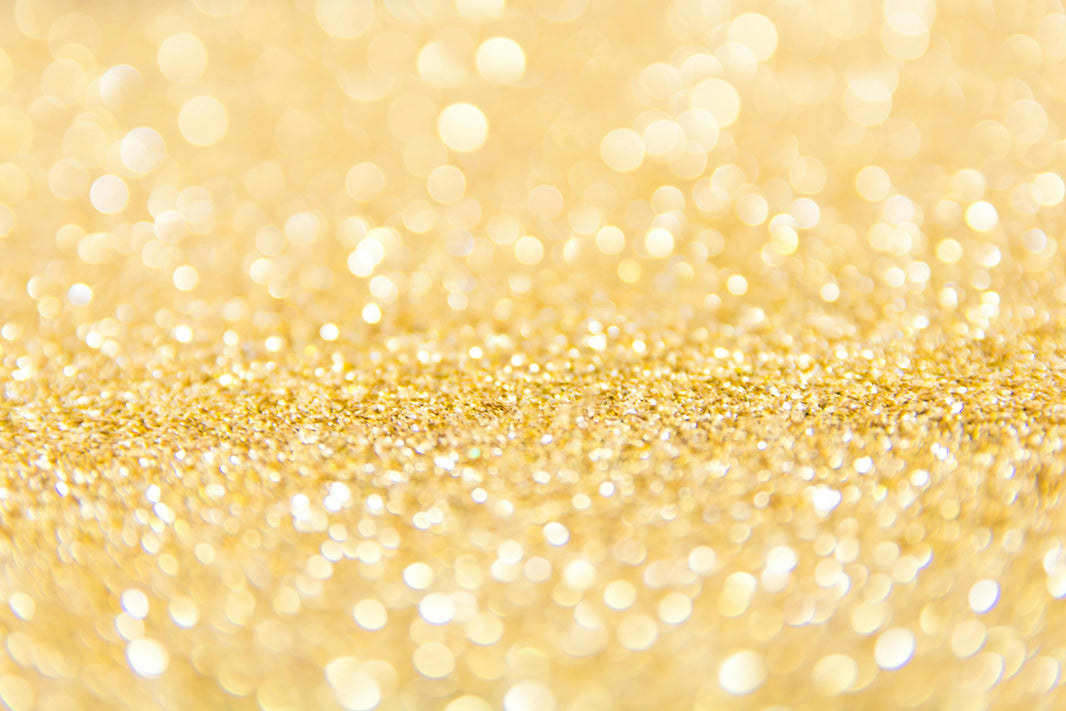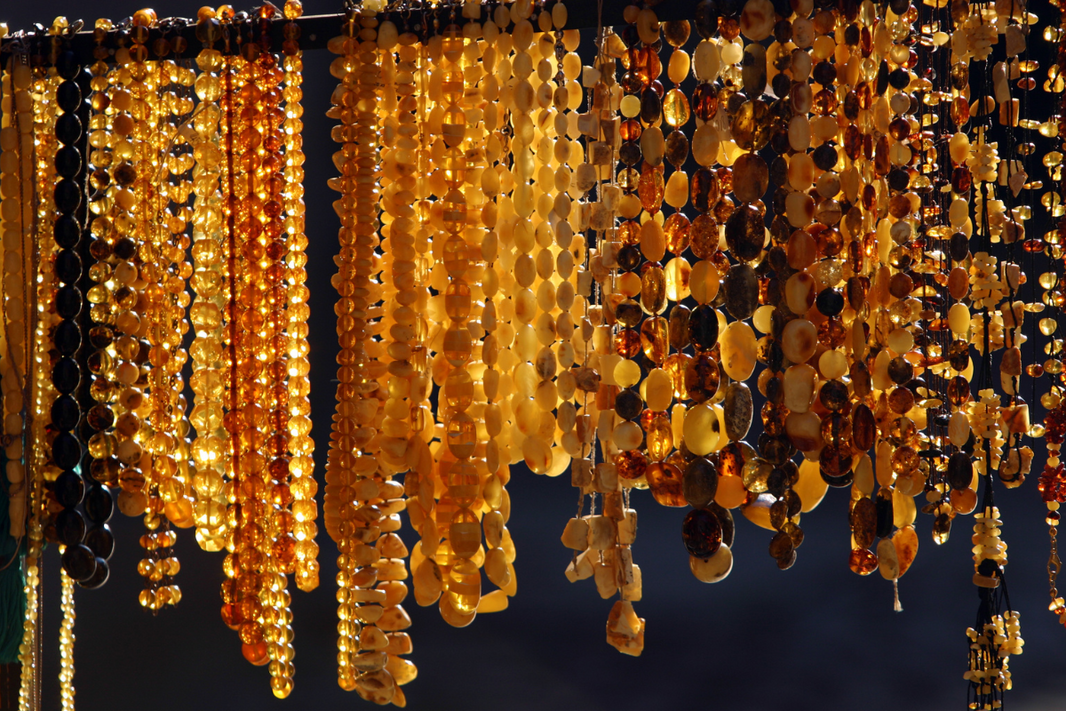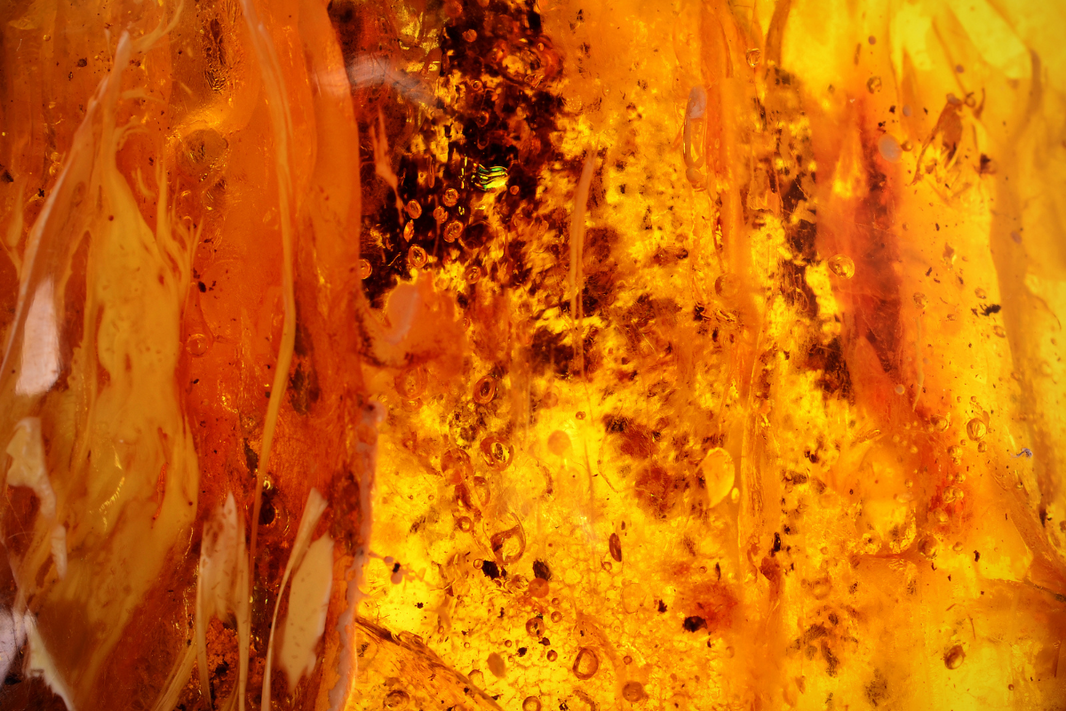Exotic and alluring, the rich and deep hue of Lapis is stimulating to touch and mesmerising to behold.
It derives its intriguing name from “Lapis,” the Latin word for stone, and “Azula,” which comes from the Arabic for “blue.”
Lapis colours range between indigo, royal, midnight, or marine blue and its signature hue is a deeply saturated violet tinted blue that is medium to dark in tone. In its most prized form (top left picture), Lapis Lazuli has no visible calcite, although it might have gold-coloured pyrite flecks (top right picture).
Lapis is a semi-translucent to opaque stone that is actually classified as a rock and not a mineral. This is because Lapis is a combination of various minerals - primarily lazurite with some calcite (white), sodalite (blue) and pyrite (fool’s gold – metallic yellow). It is a relatively soft stone with a hardness of 5 to 5.5 on the Mohs scale of mineral hardness which made it ideal for carving in ancient times.
How is Lapis Used?
For thousands of years, Lapis has been fashioned to show off its deep almost unearthly colour. Lapis has been widely used in jewellery design throughout history - cut into cabochons, beads, inlays, and tablets. But its use has never been exclusive to jewellery and, like jade, this prized stone was crafted into both ritual and everyday objects, including game boards, bowls, dagger handles, hair combs, and amulets.
Today Lapis is listed as the traditional birthstone for December (this may vary by country). It is also the planetary stone for Capricorn and birthstone for Libra. You can even give Lapis on the 7th & 9th wedding anniversaries.
Even today it is considered one of the world’s most popular men’s gems. We especially like pairing this illustrious and ancient stone with the tactile and luxurious feel of African Kudu. A potent personal talisman for inspiring harmony and elevating the spirit.

How Lapis Was Used In Ancient Times
From hand-carved amulets to eye shadow, Lapis Lazuli has an illustrious history. Stretching back more than 6,500 years it was highly treasured by the ancient civilisations of Mesopotamia, Egypt, China, Greece, and Rome. It was actually valued as much as other blue gems like sapphire and turquoise and gave the rich blue colour to paint since the time of the Egyptians.
The Egyptians used Lapis for seals, eyelid cosmetics and often carved it into vases and figurines. It was regarded as a heavenly stone and was often used to decorate the statues of gods, in burial masks (such as Tutankhamun) and as protection for the next life. It was a favourite stone for amulets and ornaments such as scarabs as well and archaeologists have found Lapis amulets like the Mother Goddess amulet (pictured below) dating to the 7th-5th Millenia.

During ancient times, Lapis was even ground up and used for medicinal purposes in addition to cosmetics. The ground powder was mixed with milk and used as a compress to relieve ulcers & boils and during the Middle Ages, it was believed to maintain a healthy skeleton while keeping the spirit free from the negative emotions of fear and jealousy.
Ancient Romans used to call it “sapphires,” which was subsequently applied to the blue variety of corundum we know today as sapphire. The Romans even used Lapis as an aphrodisiac.
There are even many references to sapphires in the Old Testament, but most scholars agree that, since sapphire was not known before the Roman Empire, they most likely are references to Lapis Lazuli.
At the end of the Middle Ages, Lapis Lazuli began to be exported to Europe, where it was ground into powder and made into ultramarine, the finest and most expensive pigment available (gold being second).
It was used by some of the most important artists of the Renaissance and Baroque, including Masaccio, Perugino, Titian and Vermeer, and was often reserved for the clothing of the central figures of their paintings, especially the Virgin Mary.
Michelangelo used Lapis Lazuli powder for the blue colours in his frescoes for the Sistine Chapel.

Its usage as a pigment in oil paint largely ended in the early 19th century when a chemically identical synthetic variety became available.
Where Does Lapis Lazuli Come From?
Top-quality Lapis Lazuli comes from Afghanistan where it has been mined for more than 6,500 years. It can also be found in Siberia, Chile, the U.S., Pakistan, and Canada.
The primary source of Lapis Lazuli is found in limestone beds in the Kokcha River valley of Badakhshan province in northeastern Afghanistan. This is the home of the Sar-e-Sang mine deposits which were the original source of Lapis.
Today, mines in northeast Afghanistan are still the major source of lapis lazuli. Important amounts are also produced from mines west of Lake Baikal in Russia and in the Andes mountains in Chile. Smaller quantities are mined in Italy, Mongolia, the United States and China.
Lapis grades are based on colour and the presence or absence of calcite or pyrite. Lapis types on the market today, in order of their value, are:
-
Persian or Afghan—Intense, uniform, medium-dark, slightly violetish blue. Contains little or no pyrite, and little or no calcite. In the trade, this grade is known as Afghan.
-
Russian or Siberian—Various tones and intensities of blue. Contains pyrite and might contain some calcite.
-
Chilean—Often tinged or spotted with green, with obvious calcite matrix.
What Are The Different Colours of Lapis Lazuli
Although many people associate Lapis with dark blue, it’s also found in other blue shades and even other hues. Its colour can range from deep violet-blue and royal blue to light blue to turquoise blue to a greenish-blue. The combination and composition of different minerals in each piece determines the colour. For example, the presence of lazurite produces Lapis Lazuli’s prized royal blue colour, while a mineral called afghanite creates a pale blue shade.



How Do You Tell the Best Quality of Lapis Lazuli?

Lapis frequently contains varying amounts of a whitish calcite matrix, the host rock that surrounds the gem, or flecks or veins of metallic yellow pyrite, or both.
Calcite shows up as white flecks or streaks in the stone (left), while the golden, metallic-looking spots are pyrite (right). A strong blue, sometimes with a hint of violet, Lapis Lazuli's value decreases with the presence of white patches (calcite), while small veins of pyrite are often prized.
What Are the Metaphysical Properties and Symbolism of Lapis Lazuli?
The rarity of the colour in nature and the association with the blue of the heavens gave this stone its initial symbolism and association with the metaphysical properties of awareness, harmony and elevation.

As a relatively soft stone that was easy to carve, and combined with its spiritual symbolism, it was the ideal stone for important ritual, ceremonial and spiritual expression like the ancient carved statue of Quan Yin above.
Quan Yin (Kuan Yin or Guan Yin) is the bodhisattva of great compassion, but did you know that Quan Yin is also a gender-fluid symbol? She is, in fact, the feminine version of the masculine Avalokiteshvara (Chenrezig in Tibetan).
Lapis is thought to connect you to the 5th (Third Eye) & 6th (Throat) chakras, working with the physical and ethereal energy fields to balance the throat chakra and open the third eye. This promotes inner harmony, balance and self-awareness. Promoting the clarity that leads to confident self-expression by connecting to your inner truth.
How Do You Care for Lapis?
Like all Atlas Accessories, you can simply wash your Lapis accessory off in the shower with you. Designed to be touched and never to be taken off, this stone never has to leave your side.
Strengthen your connection to the magic within you and trust in yourself. Shift to the next level and let the world experience and benefit from the real you.

